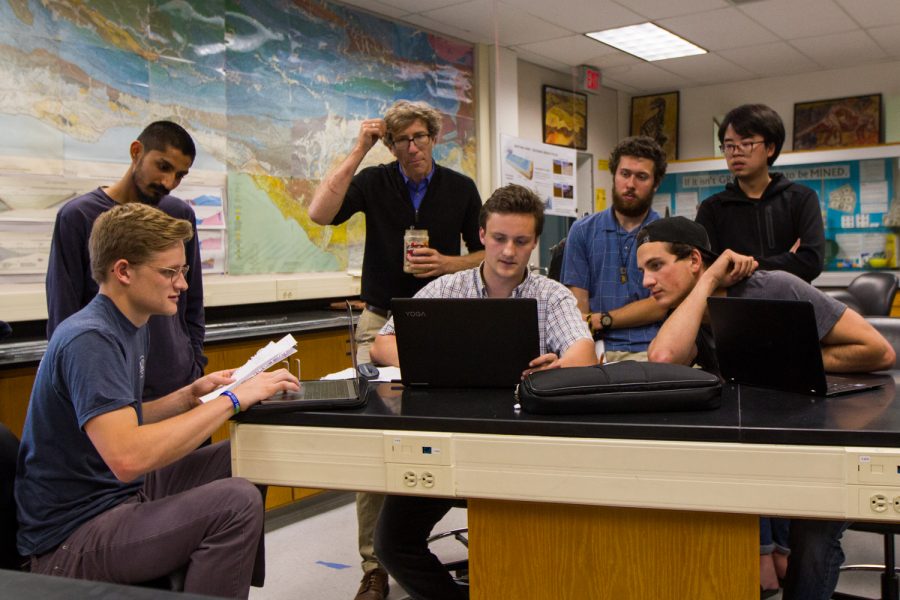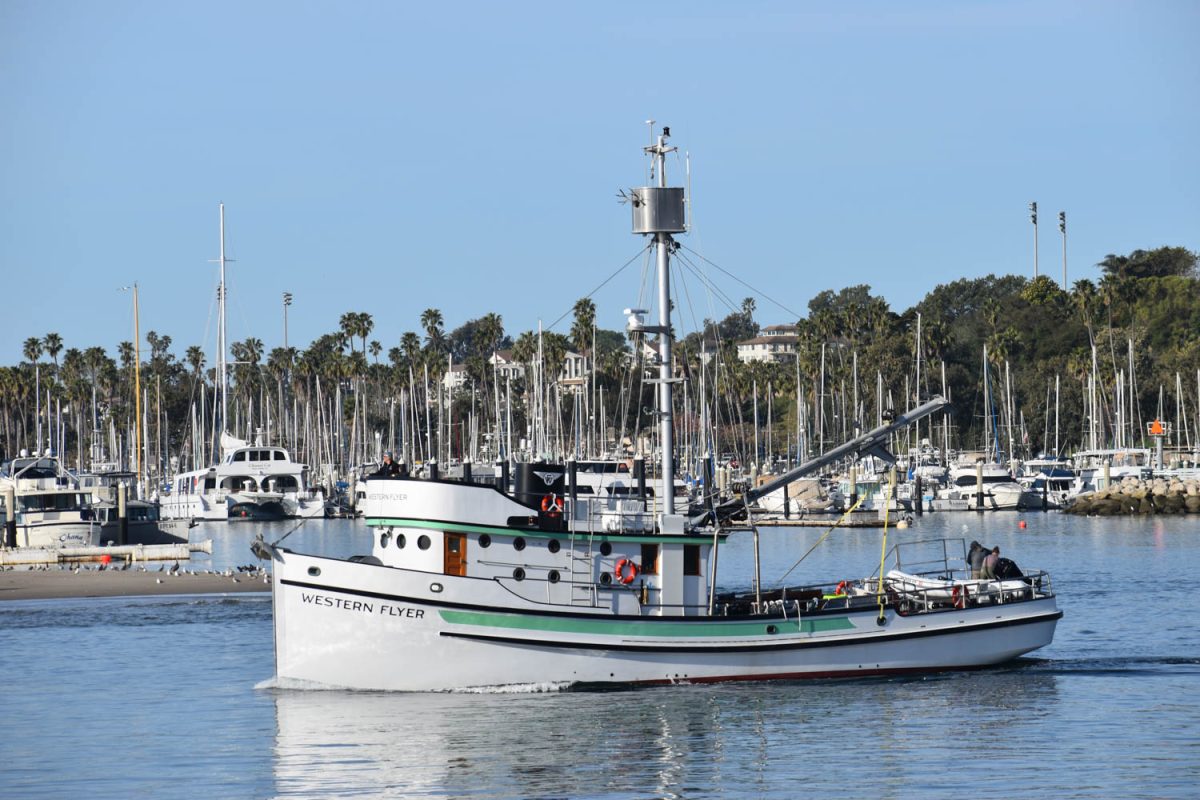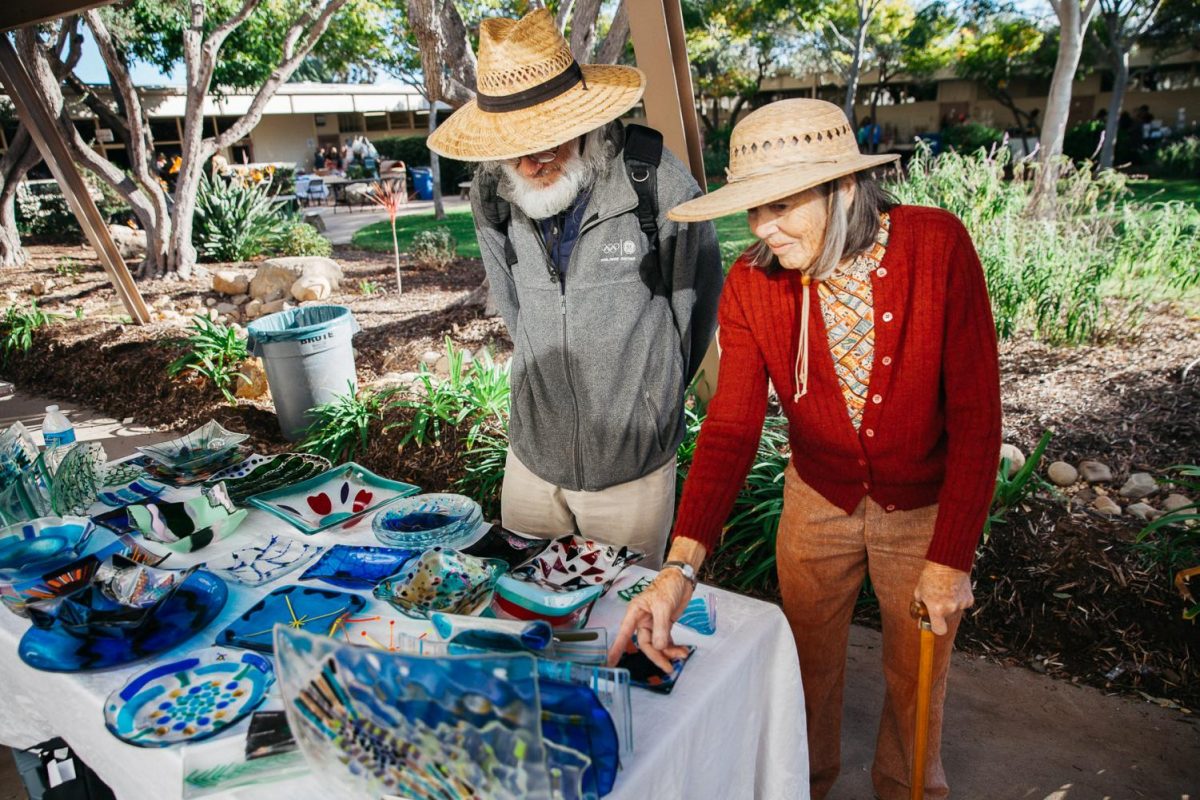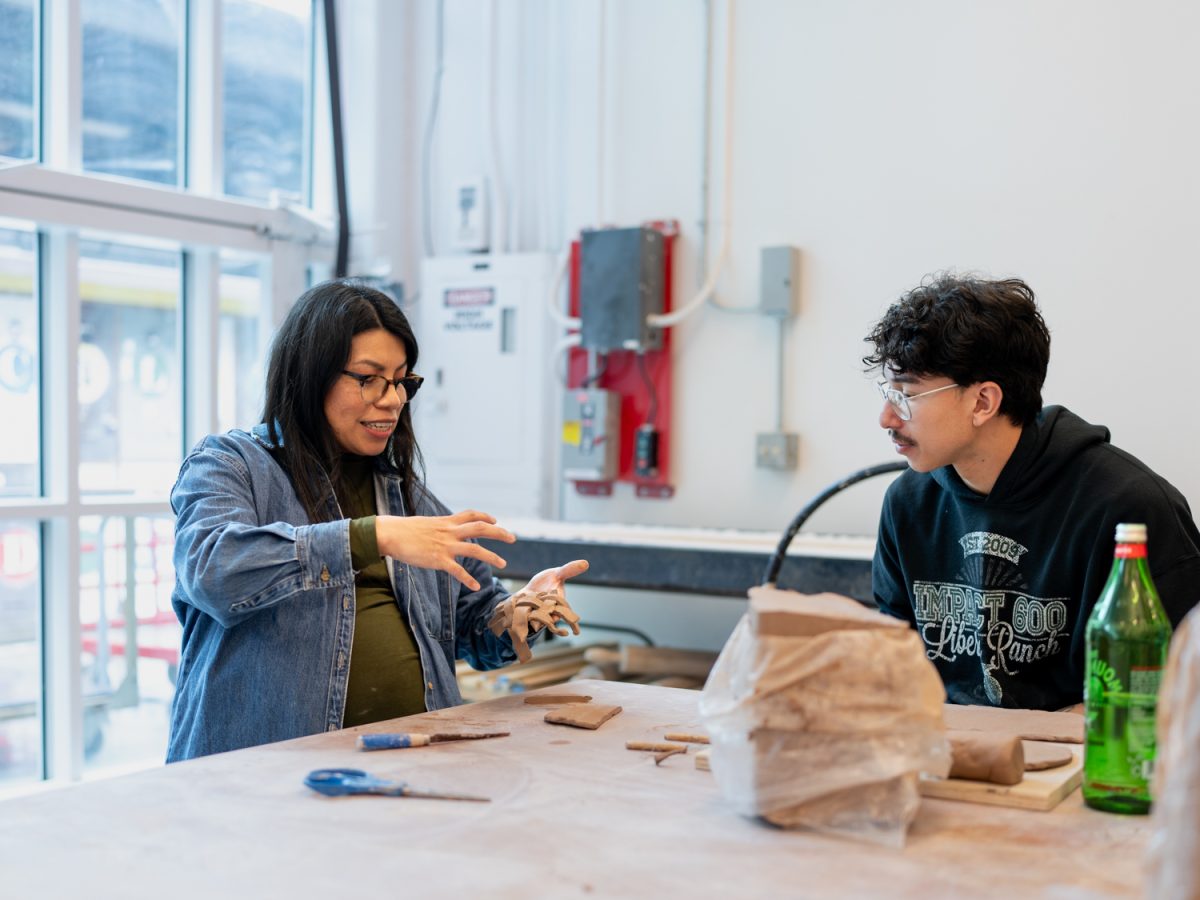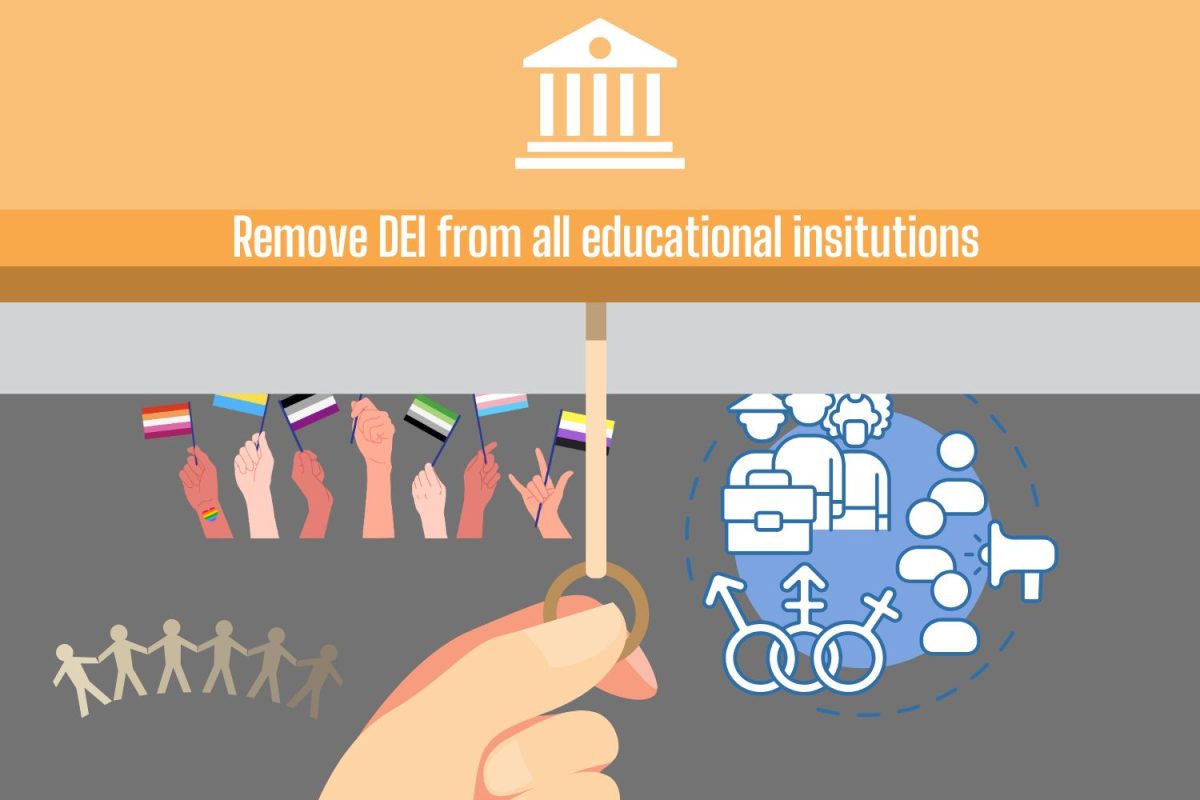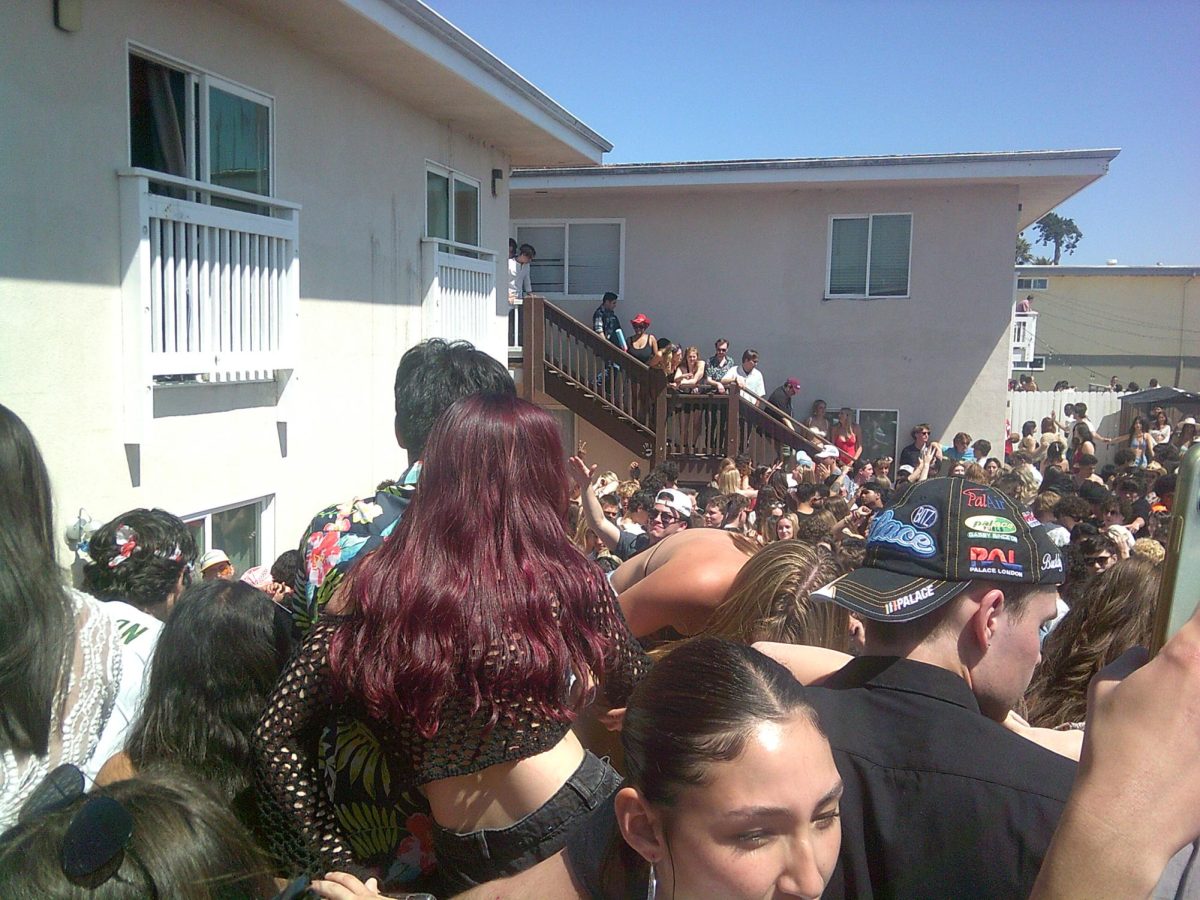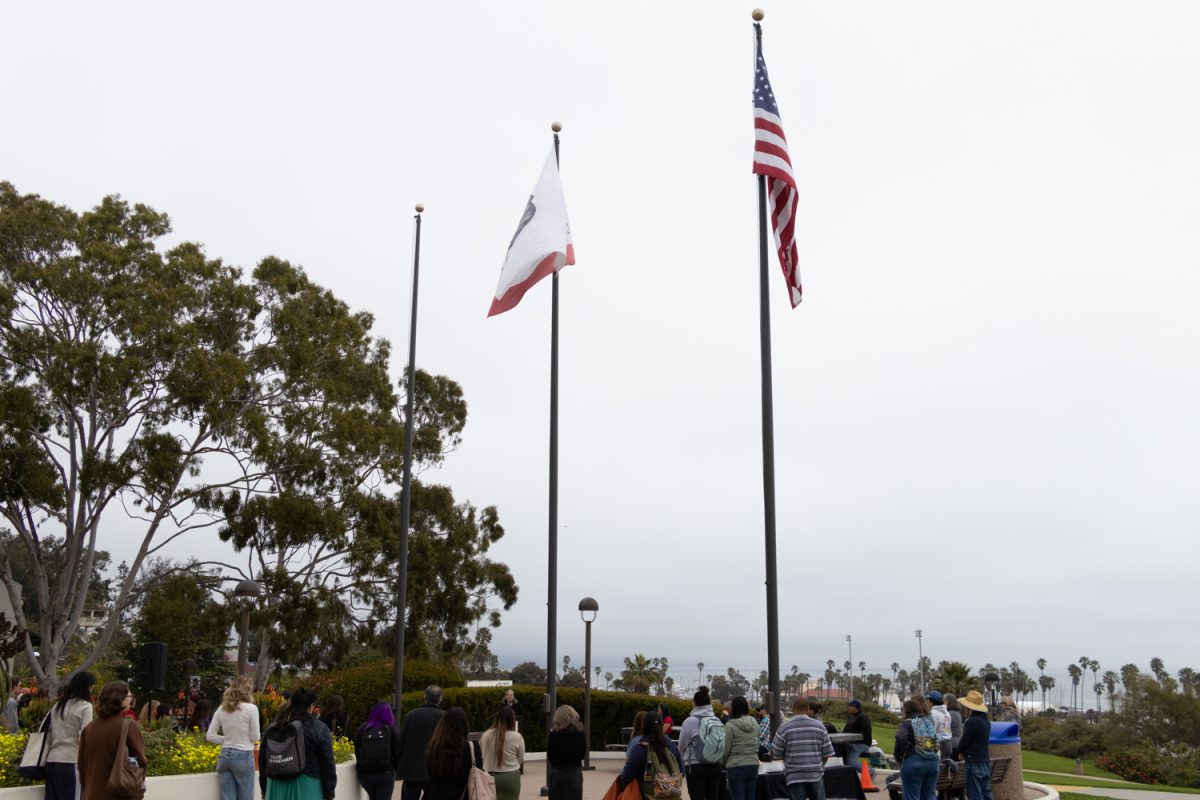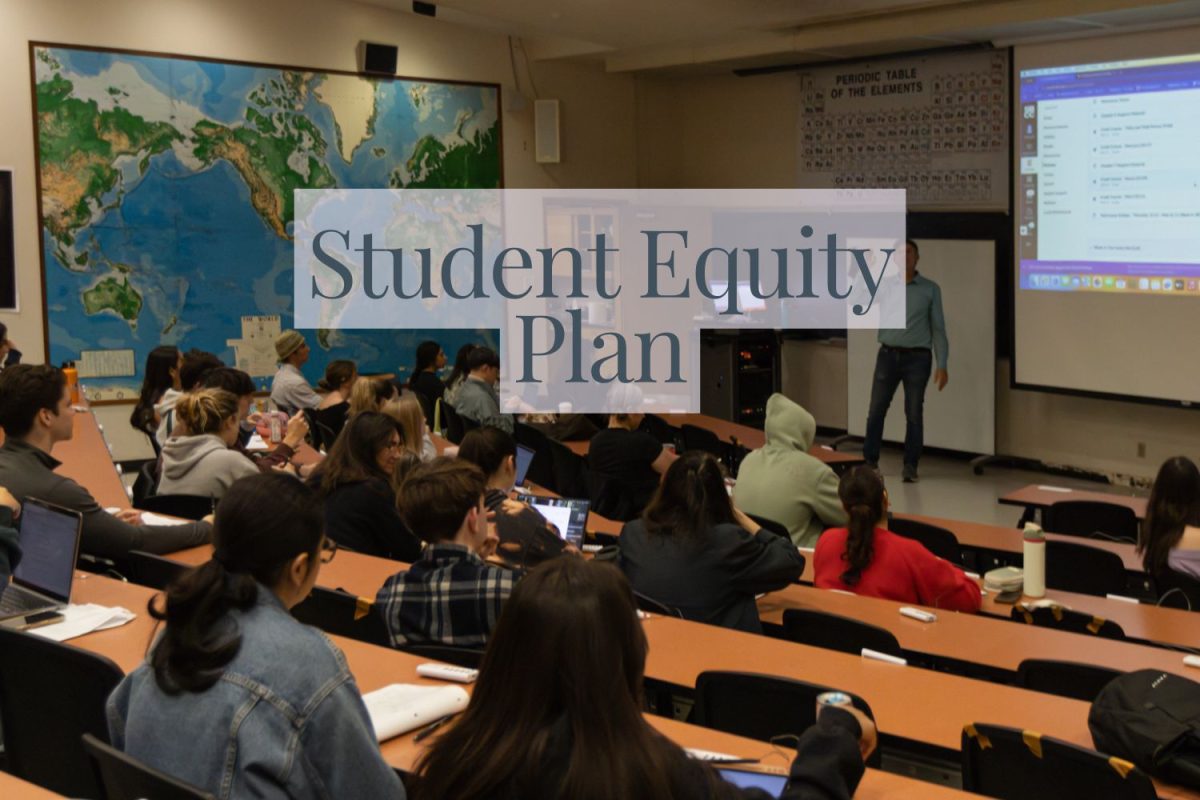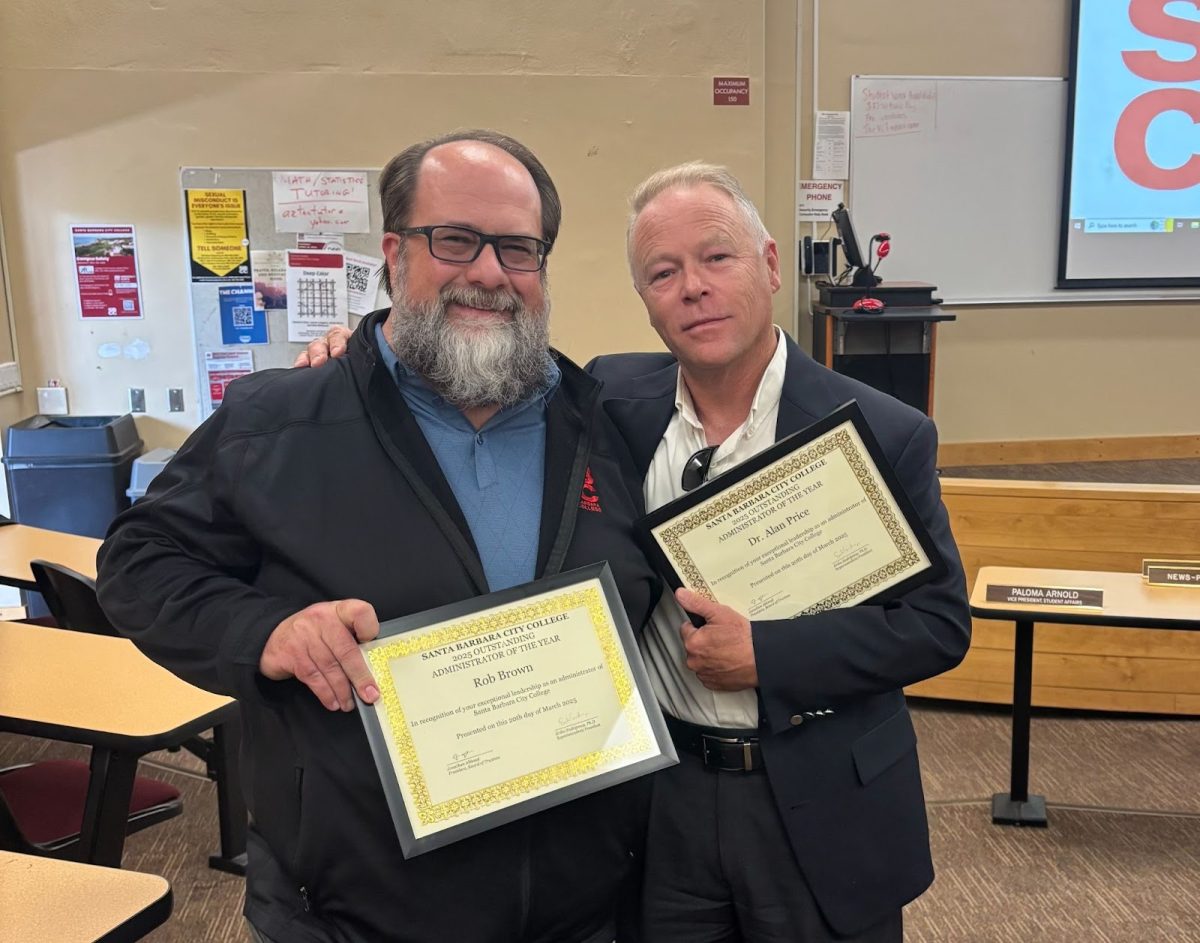Students can enjoy the Santa Barbara sunshine and still remain attached to their devices, thanks to the City College Energy Club’s newest project– a solar powered picnic table equipped with charging ports.
The club’s latest project is estimated to cost around $1,000, one of several alternative energy projects the group is working on to help create a more sustainable, clean-energy campus. They obtained the money through a grant from the Associated Student Government.
“It benefits students and helps them understand how solar energy works by charging their phones while getting the power right there from the sun,” said Assistant President Joneel Zinto.
The table comes after the club’s first solar charging project model in 2015, a cell phone charging cart. The group has been actively working to create sustainable energy projects since its formation in 2013, and Advisor Bill Dinklage stressed that you don’t need to be a math or science major to join the club and bring ideas to the table.
Dinklage said he plans to have local energy companies speak on campus in hopes of promoting the club and encouraging all students to think about ways they can use renewable energy as an alternative to fossil fuels.
“We are hoping that after a couple years, we can gain a presence and people will start to see that ‘oh yeah, we can actually do these things,’” Dinklage told The Channels in 2013.
The club also went to recruit younger minds at Hollister Elementary School’s Science Night in an attempt to get the kids excited about sustainable energy. Members presented a poster board to the students and presented them with data comparing the amount of oil pumped per day in Santa Barbara versus the amount of solar panels needed to harness the same amount of energy.
“You never know who’s going to have the next idea,” Energy Club President Weston Ferrell said.
Ferrell said that they hope to have the table completed by the end of the Fall semester in order to move on to the next project. He said it should stand at about 4 feet high and 10 feet wide with a metal finish over the wood.
Brandon Reedel, a member of the club, serves as its own carpenter for projects like the table. He said he is an example of how anyone can contribute to the club’s mission, even if they are not planning on working in the STEM fields.
“Anything we work on in this club will be relevant to any energy project down the road,” Reedel said. “You come here and you actually build stuff.”
Looking forward, possibilities for the next projects are endless.
“We don’t have a lot of projects, but we have a lot of impactful ones,” Zinto said.


